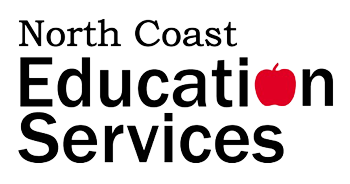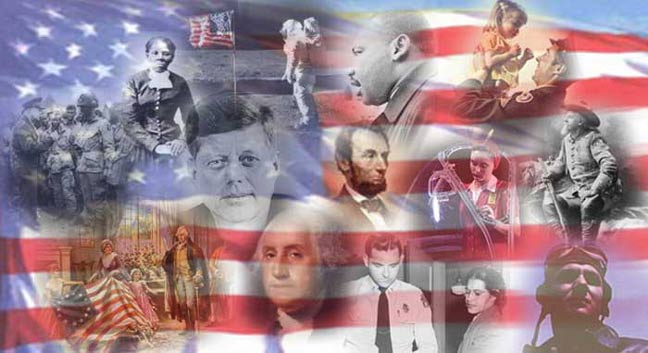Today we are wrapping up our series on Effective Studying Techniques.
As we have said throughout the series, cramming is not an effective way to study. Many students procrastinate and wait until the last minute to study, believing that reviewing right before the exam will help them retain knowledge. Rather than helping, the last minute cramming actually causes more stress and anxiety, which can lead to low test results.
In today’s classrooms, students are taught what to study, but there is rarely time to teach them how to study. It is my personal belief that if we educate our students in the proper way to prepare for class, they will spend less time cramming at the last minute.
Remember that the best practice for effective studying for any subject is to do it consistently. Studying three times a week for one hour will help you more than studying once a week for three hours.
We have already covered techniques for English/Language Arts, Mathematics, Science, and Foreign Languages. Today, we close out our series by reflecting on History.
Looking back, history wasn’t one of my favorite subjects. I didn’t love it, but I didn’t hate it, either. My interest in the subject varied by which era we were discussing. I grew up with the American Girl series so those periods of history were especially intriguing because I could relate them to the stories.
Now my brother has always been a history buff — particularly WWII. He is extremely knowledgeable about the military and all of the battles that took place. He never really had to study for history in school. He just knew it. Me, I struggled remembering all of the facts and details.
You can probably relate to either my brother or me — you either “just know” the material or you don’t. No matter which of us you relate to, you should still spend time studying for history. With so many dates and people, it can be very easy to confuse facts. And with history, there is no real room for interpretation. Either it happened or it didn’t.
The next time you sit down to study for your history class, try these study techniques:
1. Create color-coded flashcards.
Start off your studying by creating flashcards for your class. Get colored note cards so you can easily separate different periods and era by color (ex. WWI is blue, WWII is green). If you don’t have colored note cards, trace around the edges with a marker or sharpie. Keep each set of colored cards together by punching holes in the cards and using a binder ring, or with a rubber band.
2. Take notes in chronological order.
This is a fairly simple concept. The best way to remember the facts of an event is to remember them in order. You will confuse yourself if you take notes about the Revolutionary War and write them down backwards.
If you are using the note card system, number your cards in one corner and keep the cards in that order. That way you can review the events in the right order, which will make them easier to remember.
3. Just the facts.
When taking notes, only write down the most important information. Your notes shouldn’t be a rewrite of the entire chapter. You only want the highlights.
Make sure you write down the following:
— Name of the event
— Location
— Date(s)
— Important people
— Turning points
— Any significant details
4. Supplement with a historical TV program, but check your facts!
If you’re looking for a different type of resource, you could check for a TV program. But, check your facts first! Not every program is completely factual and you don’t want to confuse fact with fiction. (Abraham Lincoln didn’t really kill vampires.) If you’re going to watch a TV program (like the History Channel), ensure that it is a factual account. And don’t forget…TV is never a substitute for reading the facts.
5. Try an online multiple choice test.
Test your knowledge by taking an online multiple choice test. This is a great way to check your facts and ensure you remember the people, places, and dates. But again, just like TV programs, make sure it’s a legitimate quiz from a reputable source.



